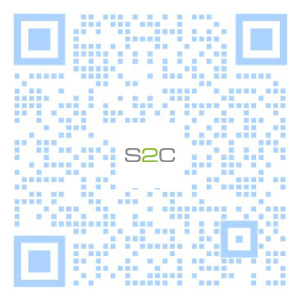
Bernard Murphy Published on 05-01-2017 05:00 AM
It has been an article of faith in the design tools business that there's little to be gained from targeting market verticals because as far as tools are concerned, all verticals have the same needs. Which is good in some respects; you maximize the breadth of the market to which tooling can appeal. But in so doing the depth of contribution is bounded, as is the value that can be extracted in any given application. (The story for IP is different in some cases but here I’m talking about tooling.)
This picture is starting to change as new and big markets are emerging, most obviously in automotive where safety and security, ADAS and autonomy requirements are inching their way into EDA product expectations. One example can be found in fault simulation capabilities for failure testing in ASIL-D hardware certification. Another big (possibly bigger) market driver is in cloud applications, serving the design of the specialized hardware that is becoming so popular in that area. Particularly in support of these emerging needs, S2C has just released their single A10 Prodigy Logic Module for FPGA-based prototyping.
I should say up front that S2C position this as a general prototyping solution for any small to medium SoC (the board is built on a single Intel Arria 10 GX1150 FPGA). And I'm sure it is. But it seems particularly well suited to prototyping cloud acceleration applications, ADAS imaging and communications designs. The FPGA hosts extensive DSP resources, well suited for imaging and I would guess also for prototyping deep learning subsystems for image-based search and inference for real-time object recognition, as just a few examples. It also hosts the fast transceivers needed to prototype networking / communications systems.
The single logic module system is very compact, fitting all components " FPGA board, extendable power control module, and power supply " into a single low-profile unit for flexibility, durability, and portability. I could see this being appealing for a lot of budget and space-constrained operations building modest-sized designs, and needing the real-time performance that an FPGA-prototype can offer for software development and debug.
The FPGA itself is fabricated in 20nm, so offers leading-edge performance. I already mentioned the DSP resources (over 3000 of them) and over a million programmable logic elements. It also supports 53Mb of on-FPGA memory, also a high-performance on-board DDR4 interface. You get 48 transceivers that will run at 16Gpbs (ideal to prototype backplane communication in your acceleration solution). It is also optionally compatible with the Intel SDK for OpenCL, again a hint to the value of this system in cloud acceleration and other heterogeneous processor applications.
The A10 Prodigy platform comes with extensive support through supplied and available options including run-time interface, a bridge to host-based prototyping, a wide range of prototype-ready IP daughter cards which can plug directly into the chassis, and cloud-based job monitoring. It also supports scale-up to Cloud Cube 32, an enterprise-class solution based on 16 Single A10 logic modules or 8 quad-A10 logic modules, supporting larger designs and/or multi-user usage. And of course the multi-user debug capability I mentioned in my last S2C blog is supported.
If you're building solutions for cloud acceleration, ADAS, 5G or software defined networking, you face a big software development task on top of your hardware development objectives. You probably really shouldn’t wait for first silicon to start developing software. You could hack together your own FPGA prototype board, but by the time you have it debugged and ready to use you'll probably have those first silicon samples. Or you could start with a turnkey prototype like the A10 Prodigy.



This site uses cookies to collect information about your browsing activities in order to provide you with more relevant content and promotional materials, and help us understand your interests and enhance the site. By continuing to browse this site you agree to the use of cookies. Visit our cookie policy to learn more.